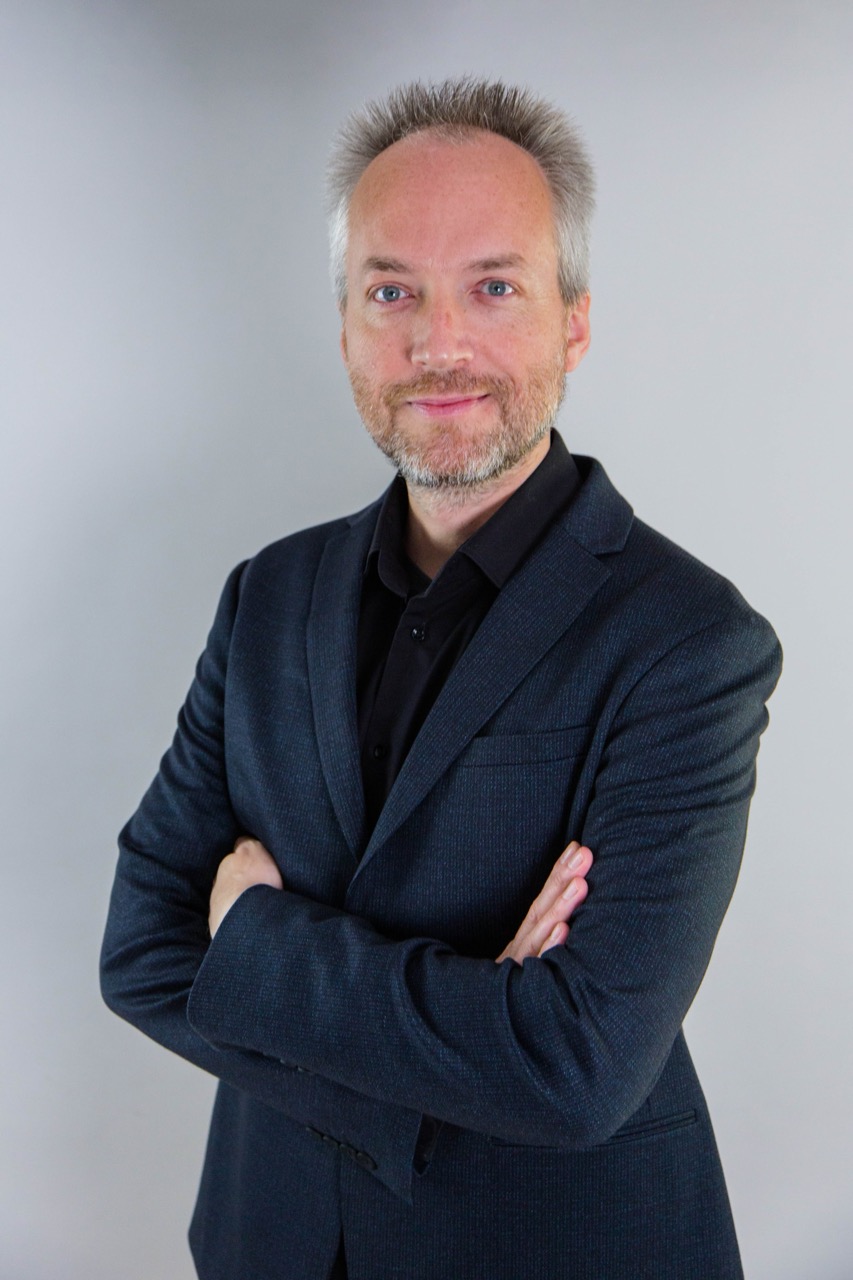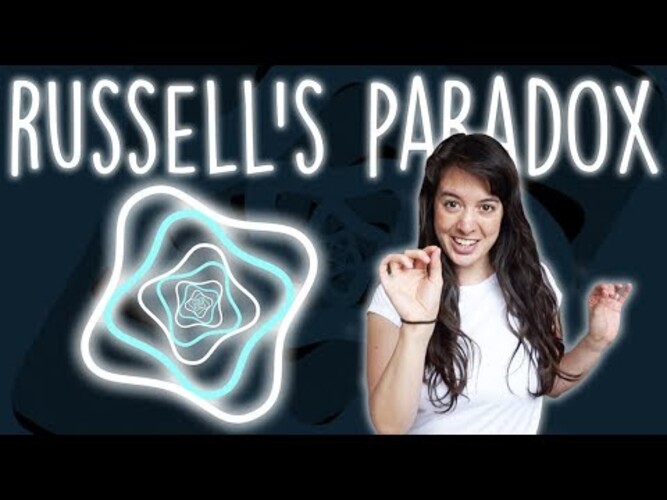Quick thoughts, shares, and interactions with the community. These are my digital breadcrumbs.

2019-03-26 · 06:15
11:27 "a lot of sets are members of themselves and there's nothing extraordinary about that" Yes it seems reasonable to assume that, at first. But is it true, and is it self-evident? Or is it more some kind of deep dark magic that should never be done no matter what...
So, I want to argue the exact opposite: that a set containing itself is a mad idea, as it has no physical equivalent (like 1 + 1 = 2), therefore by being a complete abstraction, it fails at describing reality. Let's see why.
1/ in the physical world, a liquid like water is wet. But is a molecule of water "wet"? Obviously not, because the concept of wetness appears with the interaction between molecules, and because there is only one of those in one molecule, then no interaction can exist out of this unity (inter-action needs 2 to create an "inter" property).
2/ you're alive, aren't you? True. But then, are your cells alive too? I suppose that we can assume that, at a different level, they also are alive. Which means that after defining our aliveness, we can expand it and include our cells, so ok fair enough. But then is a cell alive because all of its constituants are? No! A cell is alive by itself, a cell is a unit of life... (if we exclude mitochondria, or we could include them then do the same argument at that new level and it would work as well).
So is it really strange to discover that aliveness at a certain level, is not made out of aliveness? Of course it isn't surprising! Because if things were what they are because their parts were already of that kind, then we could argue that wouldn't constitue "parts" at all! So the general rule is: when we take things apart, none of the part needs be of the type of the actual thing (a pile of sand is made out of many smaller piles of sand, true, but also a grain of sand isn't a pile. So properties can appear, like the in between as soon have we have more than one thing).
And that's not a matter of point of view, it's a matter of reality, so it's an absolute necessity and not a relative point of view, so that we would have to agree on that one with superior intelligent aliens if we would encounter them.
3/ matter is composed of atoms and atoms are located. Yes. But are parts of atoms located? In quantum mechanics, the answer would be "No", parts are not located, because they exist as waves and not as particles. And that seems so surprising on so many levels when we think about it. How can we be "there", located when none of our part is? And what is a wave anyway?
Well so it's again the same problem as with wetness and aliveness: but it's now "locatedness" and "matterness". So, is it really surprising to discover that none of our parts are what they form when put together? And the answer is: "No, it's not surprising" because otherwise, a part being of the same type wouldn't be a part at all, it would just be a subset.
---
And so, what all that tell about the original question, of knowing if a set can have itself as a member: a set is a container and a member of a set is a contained, and those are of a different nature just like a molecule of water isn't wet, a grain of sand isn't a pile, a mitochondrion isn't alive (or whatever other scale you want to consider in your definition of aliveness), and an electron isn't located and is vibrating and waving its way around...
A set can't contain sets, because a set is a container and a container can only contain elements. So a set can't be an element. When we create a set by grouping other sets together, we have the illusion that we include sets into sets and that we can treat sets as elements, but what we really do is that we include the contained elements, not their envelope.
So there is as much difference between a set and an element of a set, as there is between a container and a contained, as there is between 0 and 1 or 1 and 2. You need presence to have absence, so you need 1 to have 0, you need 2 to have 1 in-between, and so on.
We can't break reality by thinking about it, but we can break our mental framework when it doesn't describe reality correctly, that is for sure. Yes Frege had a mental breakdown after discovering the inconsistency of his theory, but also Cantor after publishing his works about infinity and sizes of different infinities... (hint: mental breakdown = wrong theory, not matching reality). The only difference between the two, being that Cantor wasn't disproven... yet. And yet, Cantor is wrong as well, as infinity doesn't exist in reality and is of the same nature as a horizon: an illusion.
